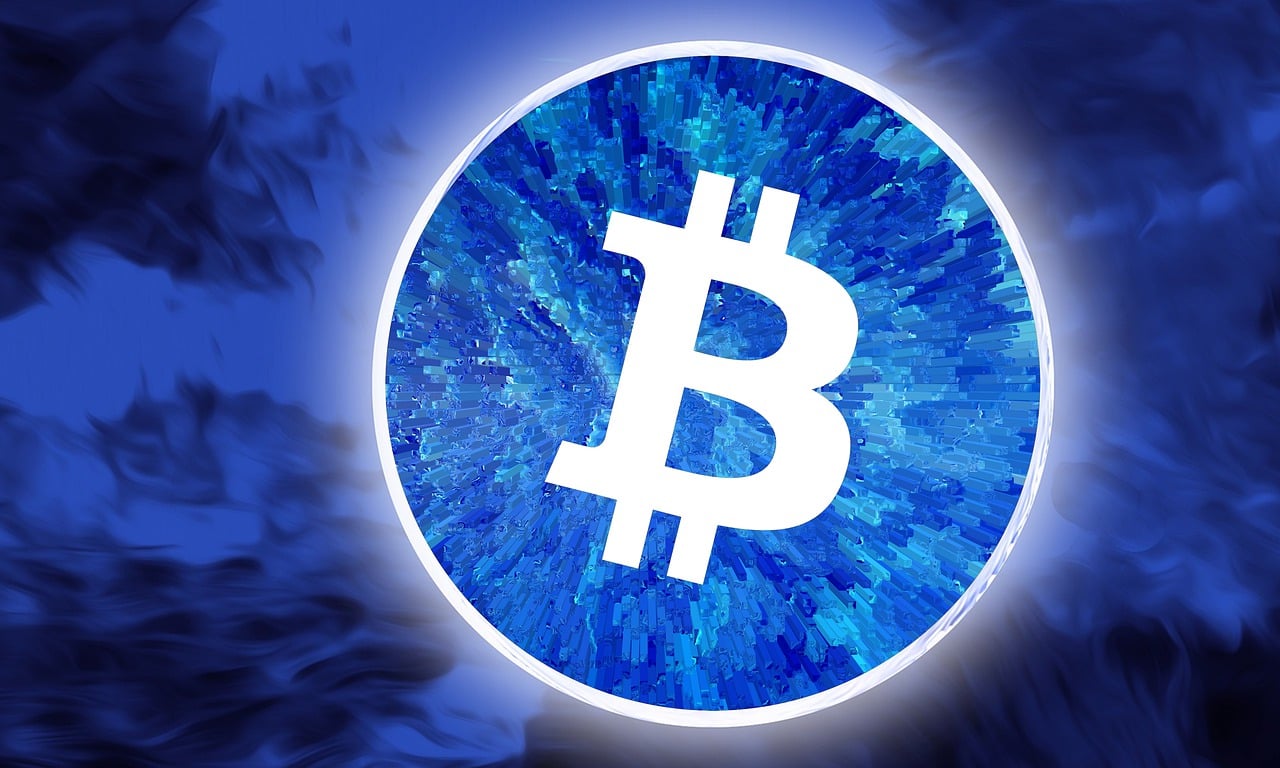Bitcoin Mining Profitability Drops in July as Market Conditions Shift
16.08.2024 9:00 1 min. read Alexander Stefanov
Bitcoin mining saw reduced profitability in July compared to June, as reported by Jefferies.
Despite a stable hashrate, the value of Bitcoin fell by over 6%, impacting miners’ earnings.
US-based mining firms, however, increased their production share. They were responsible for 21.1% of Bitcoin mined in July, up from 20.7% in June. This growth is attributed to these companies rapidly expanding their mining capacities, which outpaced the rise in network hashrate.
Jefferies adjusted its price forecast for Marathon Digital (MARA) down to $17 from $22, maintaining a hold rating. Following this, Marathon’s stock fell by 0.7% to around $15 in premarket trading.
Looking forward, August may pose additional difficulties for miners. Bitcoin’s price has dropped 5% this month, and with a rising network hashrate, miners might face intensified competition and lower profits.
Marathon Digital led production in July with 692 Bitcoins, a 17% increase from the previous month, and maintains the largest hashrate in the industry. Meanwhile, JPMorgan’s report noted a record-high share of global hashrate among US-listed miners, highlighting their growing role in the sector.
-
1
Bitcoin Hashrate Declines 3.5%, But Miners Hold Firm Amid Market Weakness
27.06.2025 21:00 2 min. read -
2
Trump-Linked Truth Social Pushes for Bitcoin-Ethereum ETF as Crypto Strategy Expands
25.06.2025 19:00 2 min. read -
3
Bitcoin’s Price Closely Mirrors ETF Inflows, Not Corporate Buys
26.06.2025 11:00 2 min. read -
4
Crypto Company Abandons Bitcoin Mining to Focus Entirely on Ethereum Staking
26.06.2025 20:00 1 min. read -
5
Bitcoin ETF Inflows Hit $2.2B as Market Calms After Ceasefire
25.06.2025 17:00 1 min. read
Peter Schiff Warns of Dollar Collapse, Questions Bitcoin Scarcity Model
Gold advocate Peter Schiff issued a stark warning on monetary policy and sparked fresh debate about Bitcoin’s perceived scarcity. In a pair of high-profile posts on July 12, Schiff criticized the current Fed rate stance and challenged the logic behind Bitcoin’s 21 million supply cap.
Bitcoin Price Hits Record Highs as Exchange Balances Plunge
A sharp divergence has emerged between Bitcoin’s exchange balances and its surging market price—signaling renewed long-term accumulation and supply tightening.
What’s The Real Reason Behind Bitcoin’s Surge? Analyst Company Explains
Bitcoin touched a new all-time high of $118,000, but what truly fueled the rally?
Bitcoin Lesson From Robert Kiyosaki: Buy Now, Wait for Fear
Robert Kiyosaki, author of Rich Dad Poor Dad, has revealed he bought more Bitcoin at $110,000 and is now positioning himself for what macro investor Raoul Pal calls the “Banana Zone” — the parabolic phase of the market cycle when FOMO takes over.
-
1
Bitcoin Hashrate Declines 3.5%, But Miners Hold Firm Amid Market Weakness
27.06.2025 21:00 2 min. read -
2
Trump-Linked Truth Social Pushes for Bitcoin-Ethereum ETF as Crypto Strategy Expands
25.06.2025 19:00 2 min. read -
3
Bitcoin’s Price Closely Mirrors ETF Inflows, Not Corporate Buys
26.06.2025 11:00 2 min. read -
4
Crypto Company Abandons Bitcoin Mining to Focus Entirely on Ethereum Staking
26.06.2025 20:00 1 min. read -
5
Bitcoin ETF Inflows Hit $2.2B as Market Calms After Ceasefire
25.06.2025 17:00 1 min. read


